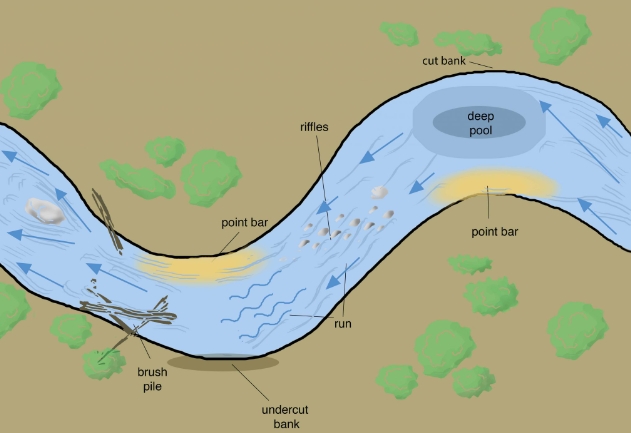Stream geomorphology is the study of how flowing water shapes the land, from the tiniest rill to the mighty river. This dynamic field of study is constantly evolving as researchers uncover new insights into the complex processes that shape our world.
Understanding Stream Dynamics
Streams are constantly changing due to a variety of factors, including fluctuations in water flow, sediment transport, and channel morphology. By studying these processes, scientists can better predict how streams will behave in the future and how they may impact surrounding ecosystems.
The Power of Water
Water is a powerful force that can carve out valleys, erode rock, and create intricate networks of channels. By examining the patterns and relationships between these processes, researchers can gain a deeper understanding of how streams function and how they influence the landscapes around them.
The Role of Human Activity
Human activities such as dam construction, urban development, and agriculture can greatly impact stream geomorphology. By studying the ways in which human intervention alters natural stream processes, researchers can develop strategies for mitigating the negative effects of these activities on stream ecosystems.
Advancing Technology
Advances in technology, such as remote sensing and GIS mapping, have revolutionized the study of stream geomorphology. These tools allow researchers to collect data more efficiently and accurately, leading to a better understanding of how streams function and change over time.
The Future of Stream Geomorphology
As our understanding of stream geomorphology grows, so too does our ability to predict and mitigate the effects of natural disasters such as flooding and erosion. By continuing to explore the dynamic world of stream geomorphology, researchers can help to safeguard our rivers and streams for future generations.

